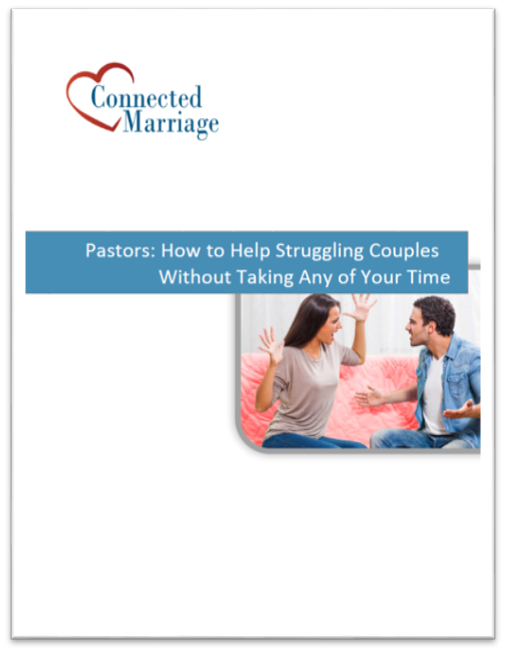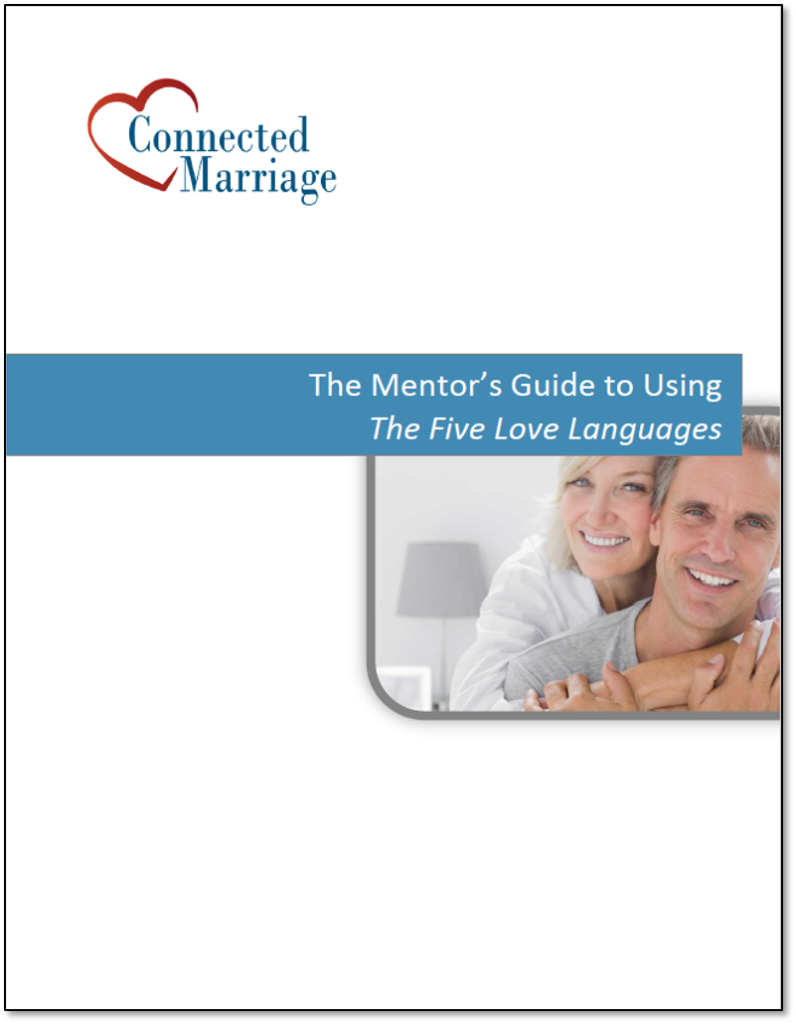Change the Focus
When Matthew and Emily came into our house they seemed pleasant enough. We made small talk and joke around a little bit. We invited them to sit down in our living room and asked them a little bit about themselves. After we became more comfortable with each other, we asked what brought them here.
Matthew pointed the finger at Emily. He said that Emily wasn’t supportive of his going to the health club. Emily countered that he didn’t do enough around the house and was constantly only doing what he wanted to do.
We nodded and listened.
Each of them continued blaming one another for what the other was doing wrong.
I asked, “What would you like your relationship to look like?”
Matthew said, “I’m tired of the fighting. It’s not worth it.”
Emily agreed and added, “I don’t want the fighting. Yet, I don’t want to live like roommates either.”
I responded, “So, both of want to be able manage conflict better. Emily, you also don’t want to just ignore each other. You want something better. You’ve told me you want less negative interactions, what would the positive interactions look like?”
Change the Focus
This is a typical first meeting. First, I want to create a safe place for both of them so we can listen to their issues. Until we’ve built a sense of safety, we don’t jump in with anything other than to let them know we understand and empathize.
Eventually, we move the conversation to what they want to achieve. What is the positive that they want? Positive is not minimizing the negative. Positive is what needs to happen that will build a sense of bond and connection.
We deliberately change the dialog from blaming and grievances to focusing on building the relationship. I don’t want to ignore the need for better conflict resolutions skills. Matthew and Emily need to learn to fight in a healthy way. We often explain that we will focus on ways to manage conflict, but first we want to focus on what a great relationship involves.
Spirals
Sometimes, I’ll explain that relationship dynamics create spirals. You can have a negative spiral where someone does something wrong, the other defends or criticizes, which causes one or both of you to become angry. This is a negative spiral. The result is that it drains the relationship. If someone wins, the other person feels less. Bitterness and resentment can form. With enough unresolved conflict, this turns into an ongoing spiral that is going to kill the relationship.
On the other hand, you can work on creating a positive spiral. One person demonstrates love to the other. Their partner now feels loved and does something nice in return. Appreciation builds. When both people are feeling loved, respected and safe, conflicts are easier to manage. The positive spiral is usually what couples want in their relationship. They want to be safe, secure and loved.
I want the couple to understand that there is a pattern to their behavior. They are often reacting to one another in a way that isn’t working. We go into patterns in more depth when we get into conflict management.
The Three Circles
We often explain that there are three circles in a marriage.
I’ll say, “There is a circle that contains the husband, a circle that contains the wife, and a circle that contains the relationship. Both of you deposit into the relationship and you gain something out of it. If you don’t focus on building the relationship, you are more likely to be caught in a negative spiral.”
At times, you both need to feed the connection. That might mean you give up something that you want in order to do what is best for the relationship. I might want to sit and watch TV. My wife might want me to sit and talk to her. At times, I need to put the relationship ahead of what I want to do. I need to feed the positive spiral.
We want the focus to shift from “my way” or “your way” to “our way.” How do we feed the relationship? This isn’t about solving problems, this is about building connection. That becomes our focus.
We do work with couples on communication techniques and conflict management skills. When we focus on the connection between the two of them, it gives us language that we constantly ask, “Are you building your bond or tearing it down?” What’s bond building?
Tips for Marriage Mentors:
- Listen and empathize – Do this first. Build your connection with the couple.
- Change the focus to building the relationship – We work to change the focus. Often, they want the fighting to stop. Stopping the negative isn’t enough to maintain a marriage. We want them to enjoy being with one another.
- Explain spirals – I want the couple to understand that it is easy to spiral up or to spiral down. Each of them can create a negative spiral or work to create a positive spiral. Resolving conflict is easier when there is a sense of safety, security and loving actions.





Comments are closed.